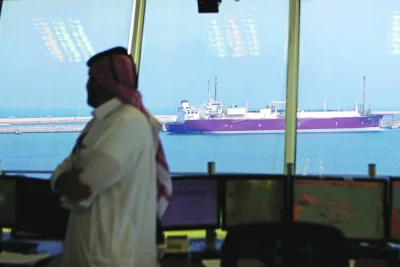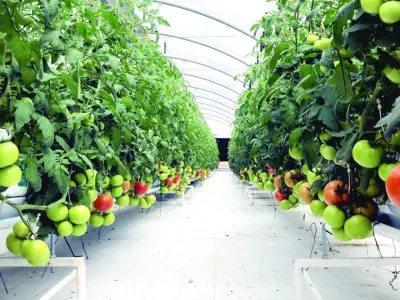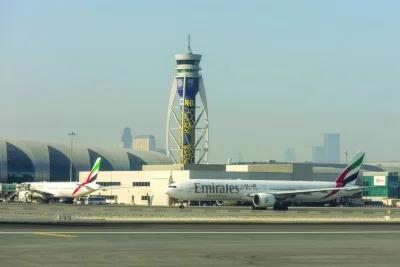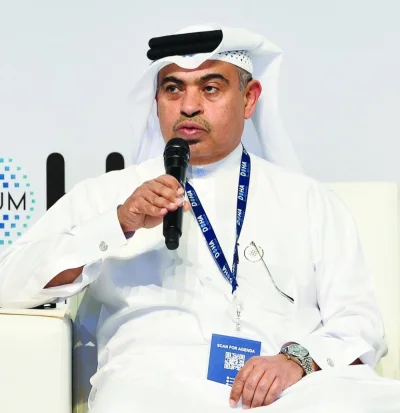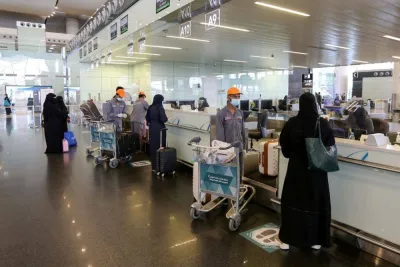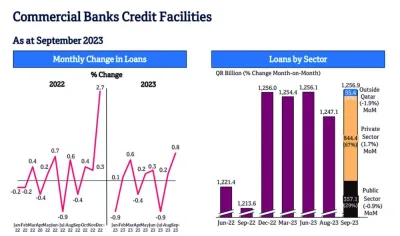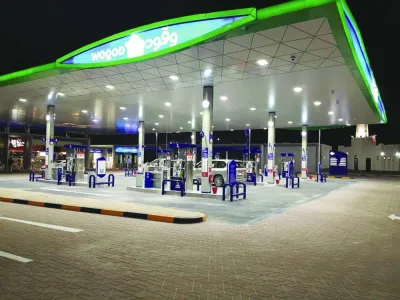Qatar remains the top LNG exporter among GECF member countries and figures among top three global trans-shippers of liquefied natural gas, according to the Gas Exporting Countries Forum (GECF).The top three LNG exporters in November were the US, Australia and Qatar, GECF said in its latest monthly report.In November, global LNG exports saw a slight uptick, increasing by 1.5% (0.52mn tonnes) y-o-y to reach 34.76mn tonnes.The rise in global LNG exports was propelled by non-GECF countries, compensating for declines in LNG exports from GECF member countries and LNG reloads.In terms of the global market share, non-GECF countries led with 51.5%, followed by GECF member countries with 47.0% and reloads with 1.5%.In comparison to November 2022, the market share of non-GECF countries increased from 48.2%, while the shares of GECF member countries and LNG reloads decreased from 49.8% and 2%, respectively.The forecast for global gas production in 2023 indicates a slight increase of 0.7%., GECF noted.This rise is mainly expected in regions such as North America, the Middle East, and Asia Pacific, while Europe, Africa and the CIS regions may potentially witness a decrease in production. Non-GECF countries are anticipated to enhance their gas production by 2.5%, reaching a total of 2,395bcm.In this scenario of growth, the US is set to play a significant role, with a projected growth of 41 bcm over the previous year, largely due to increased associated gas production from shale oil fields.Additionally, the Middle East is expected to see a notable increase in gas production of approximately 18 bcm, with Qatar, Iran and Saudi Arabia being the primary contributors.In November, the global count of gas drilling rigs, indicative of upstream activity, saw a m-o-m rise of three units, bringing the total to 385 rigs.This was a decrease from the 400 rigs recorded in November 2022, showing a y-o-y drop of 15 units. The decline was primarily due to a reduction in gas rigs in the US.Conversely, the recent monthly increase was largely fuelled by the Middle East and Africa, where operational gas rigs rose by 4 units in each region.In October this year, the total volume of gas and liquids discovered amounted to 620mn barrels of oil equivalent (boe). Of this, natural gas represented the majority, accounting for 79% (84bcm), while oil constituted 21% (130mn boe).This marked a rebound from the record low in monthly discovered volumes in September (83mn boe). However, it still represented an annual decrease in volumes (compared to the 915mn boe discovered in October 2022).The cumulative volume of discoveries in the period January to October this year reached 4.2bn boe, compared to discovered volumes of 6.1bn boe for the same period in 2022.This resulted in an average monthly discovered volume of 420mn boe in the first ten months of 2023.The decline in discovered volumes in 2023 reflects the challenges confronting global exploration activity. Approximately 72% of the total discoveries were made offshore. In October 2023, some six new discoveries were announced, 5 of which were offshore.Asia Pacific held the major share in the new discovered volumes with 77%, followed by LAC and North America with 14% and 8%, respectively. No significant discoveries were reported in Africa and the Middle East, GECF noted.

Most Read Stories
1

